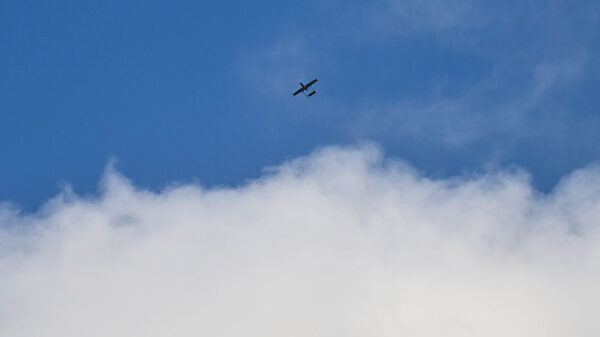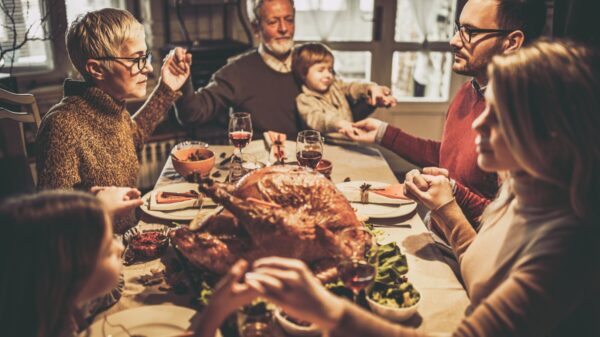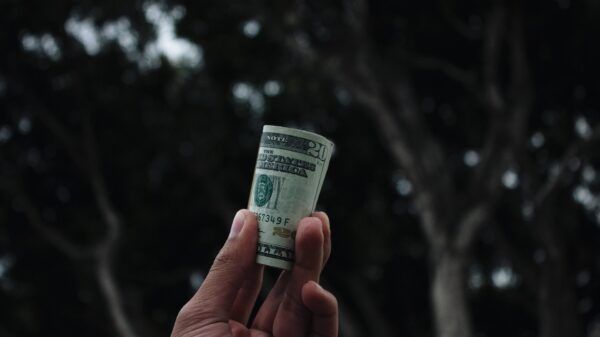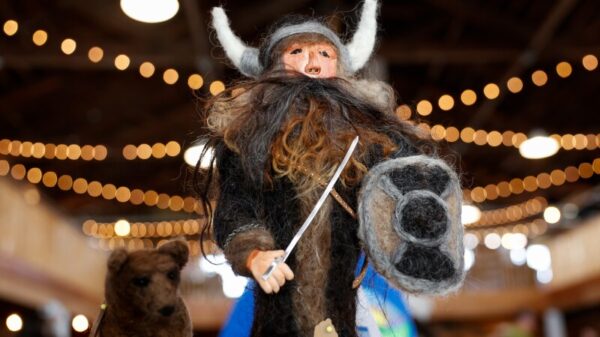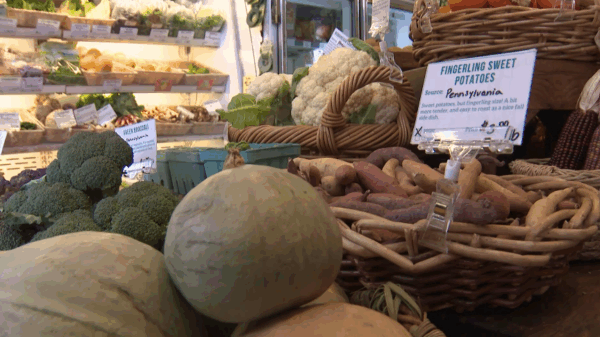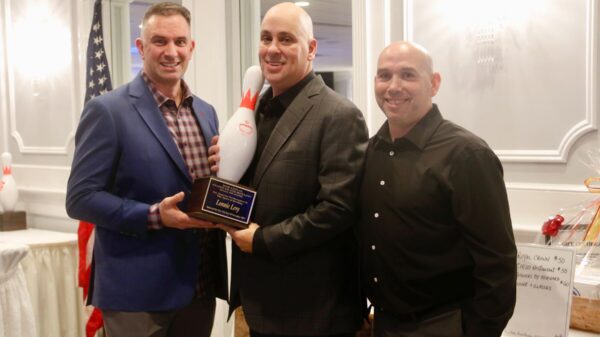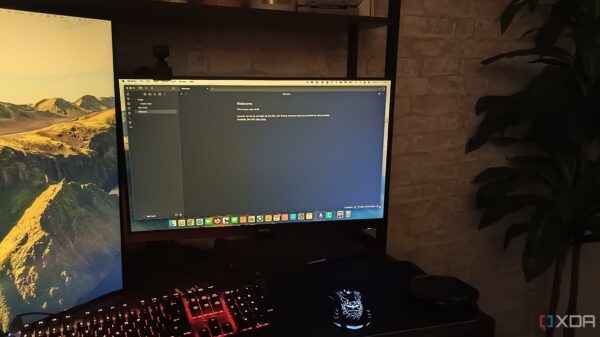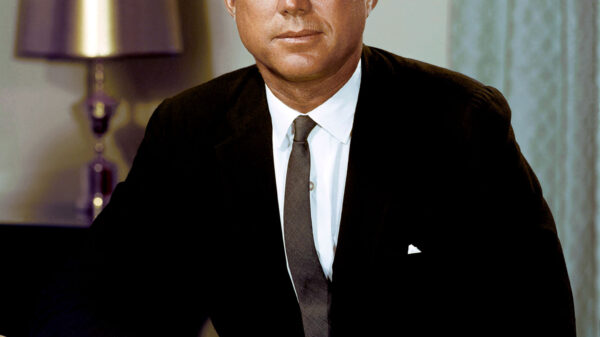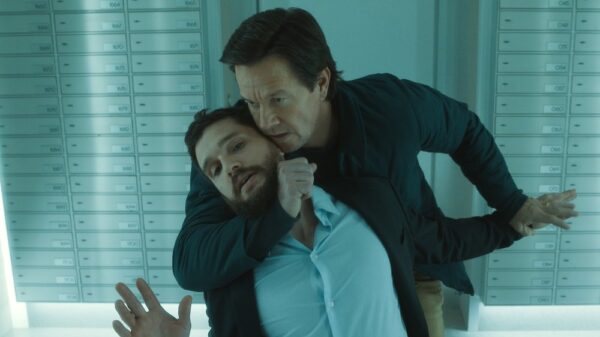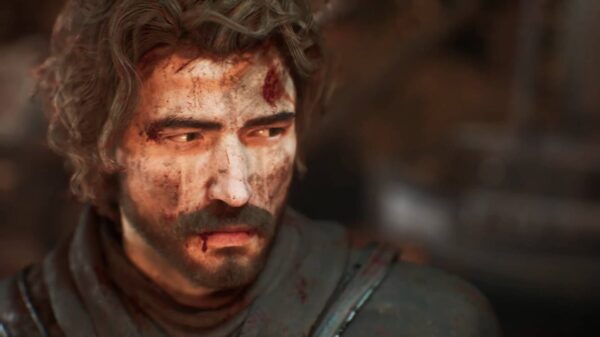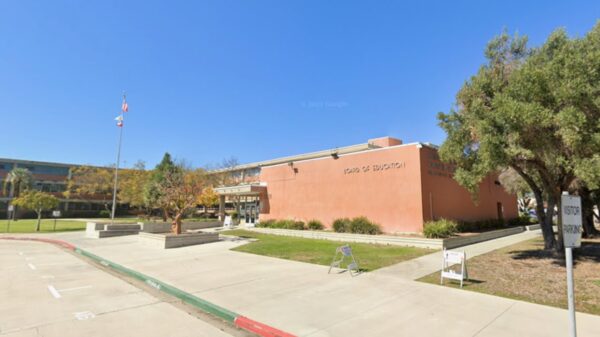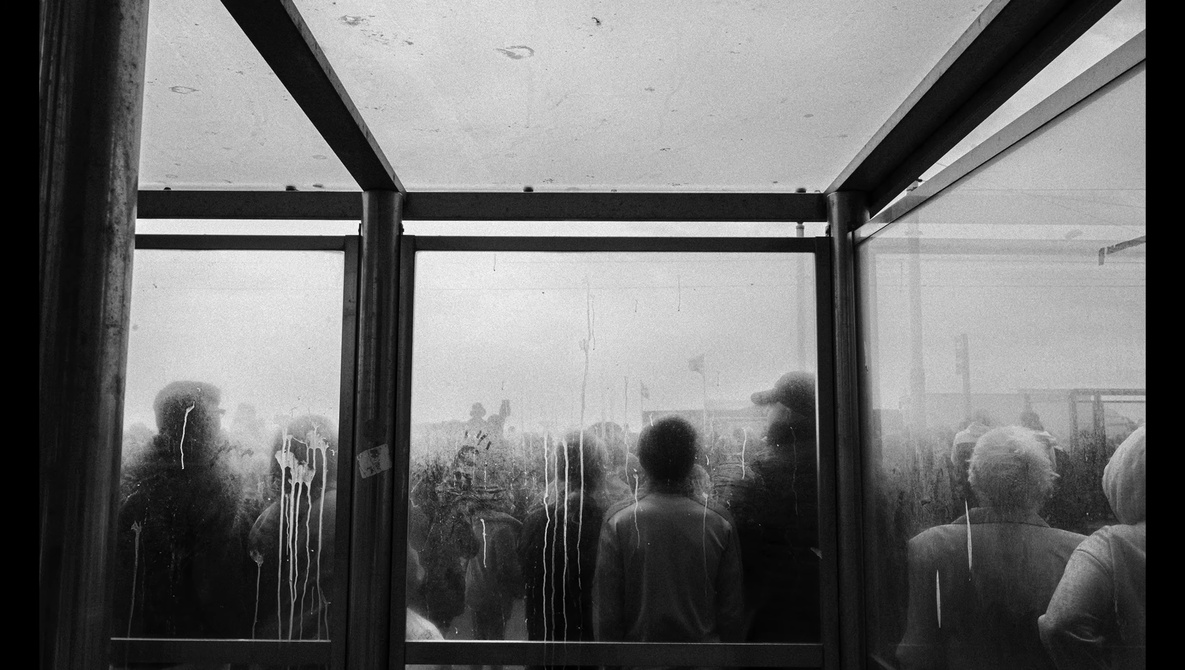Black and white photography hinges on the mastery of contrast, which can transform images from dull to evocative. In a recent video tutorial, renowned photographers Jeff Ascough and Sarah G Ascough delve into the essential tools in Lightroom that enhance monochromatic images: clarity, texture, and dehaze. Their insights reveal how these sliders can dramatically influence the depth and emotional impact of photographs.
Understanding the Sliders
The tutorial highlights how clarity primarily targets midtones, offering structure and shape to details without overwhelming them. This adjustment is crucial in ensuring that images retain their character. In contrast, the texture slider focuses on finer details, such as skin, fabric, and the delicate light reflections on glass, enhancing the overall richness of the photograph.
Dehaze is another vital tool, especially in challenging lighting conditions such as misty or flat skies. While it can sharpen contrast, Ascough warns against excessive use, as it can lead to unnatural effects. Through a practical demonstration using an image from Blackpool, he illustrates how careful adjustments in these sliders can shift the mood of a photograph dramatically, transforming flat gray tones into images with layered depth.
Beginning with a specific profile for black and white conversion, Ascough emphasizes the importance of establishing a solid black point early in the editing process. This technique ensures the photograph maintains authentic shadows, avoiding a washed-out appearance. He employs a tone curve to manage highlights and refine exposure, then uses brushes for more precise adjustments across the frame.
The Art of Authenticity
Ascough’s approach prioritizes authenticity over precision. He likens his digital editing process to the tactile experience of darkroom printing, valuing a handmade quality over sterile digital perfection. By selectively lifting clarity in certain areas, he breathes life into the scene, achieving a textured yet natural look. Conversely, overdoing the dehaze can create harsh and uninviting results.
The tutorial’s second half features a photograph by Sarah Ascough, taken at a local county show. In this scene, a variety of subjects compete for tonal balance, presenting a more complex challenge. Utilizing the same profile, Jeff Ascough repeats the foundational steps of setting blacks and toning highlights. He illustrates how clarity and texture can bring details like animal fur to life without introducing unwanted artifacts.
The differences between using curves and sliders become apparent during the editing process. Curves facilitate smoother tonal transitions, while heavy reliance on sliders can result in odd gray patches. Through meticulous brushing, Ascough balances the scene, ensuring the atmosphere remains intact. He also introduces medium grain to the final image, echoing the tactile imperfections characteristic of film photography.
This comprehensive video tutorial not only dissects the technical aspects of black and white photography but also emphasizes the emotional resonance that an image can convey. Each step underscores the artistry involved in shaping light digitally while preserving the essence of film.
For those interested in enhancing their black and white photography skills, this insightful tutorial by the Ascoughs serves as an invaluable resource.
Photographer and meteorologist Alex Cooke, based in Cleveland, highlights the significance of understanding these tools in producing visually engaging photographs. He teaches music and spends time with his rescue dogs and horses, further emphasizing his passion for both the arts and the natural world.






